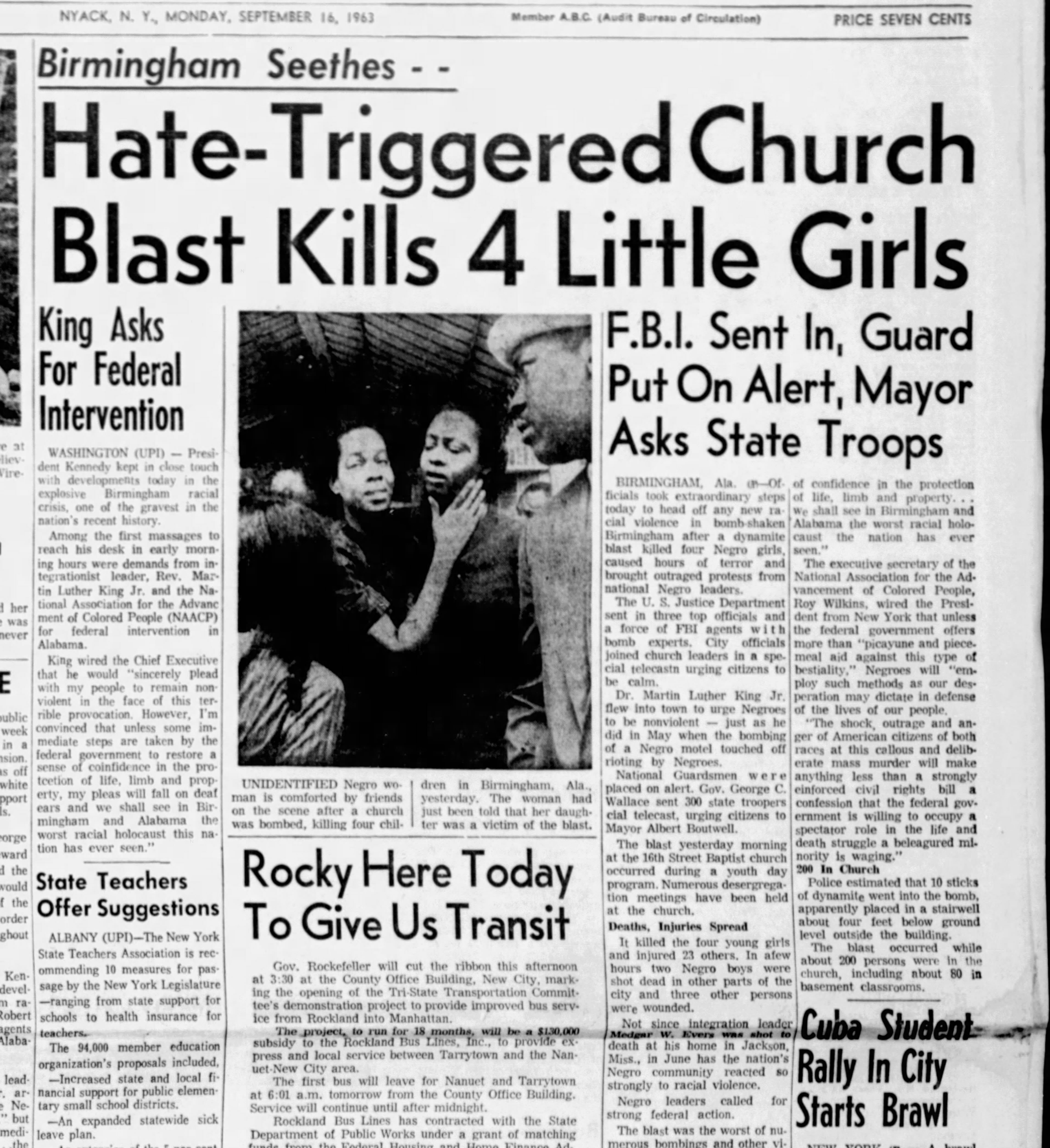Not known Facts About News Articles
Table of ContentsNews Articles Can Be Fun For EveryoneEverything about News ArticlesThe 5-Minute Rule for News ArticlesNews Articles Things To Know Before You Get ThisThe Facts About News Articles Revealed
Great knowledge of different subjects offers pupils a competitive edge over their peers. Even though digital and social media sites are easily accessible, we ought to not forget just how essential it is to read the papers. Moms and dads have to try and inculcate the practice of checking out a newspaper as a daily regimen to continue the heritage of the revered print medium.Newspaper article additionally consist of at least among the complying with vital attributes about the desired target market: proximity, prestige, timeliness, human passion, strangeness, or consequence. The associated term journalese is sometimes used, generally pejoratively, to refer to news-style writing. One more is headlinese. Newspapers usually abide by an expository writing style.
Within these restrictions, information stories also intend to be thorough. Various other elements are entailed, some stylistic and some acquired from the media type. Among the larger and a lot more respected newspapers, fairness and balance is a major factor in providing details. Discourse is usually constrained to a separate area, though each paper might have a different overall angle.
Papers with a global target market, as an example, often tend to use a much more formal design of composing. The details selections made by a news outlet's editor or editorial board are frequently gathered in a style guide; common design guides consist of the and the United States News Design Book. The primary objectives of information writing can be summed up by the ABCs of journalism: accuracy, brevity, and clarity.
Our News Articles Ideas
As a guideline, journalists will not utilize a lengthy word when a brief one will do. News authors attempt to prevent using the exact same word much more than as soon as in a paragraph (in some cases called an "echo" or "word mirror").
Nevertheless, headlines sometimes leave out the subject (e.g., "Leaps From Watercraft, Catches in Wheel") or verb (e.g., "Feline female fortunate"). A subhead (likewise subhed, sub-headline, subheading, caption, deck or dek) can be either a subservient title under the primary headline, or the heading of a subsection of the post. It is a heading that precedes the main message, or a group of paragraphs of the main message.

of a short article subject, informant, or interviewee), it is described as a drawn quotation or pull quote. Extra signboards of any of these kinds might appear later in the short article (particularly on succeeding pages) to lure more analysis. Journalistic sites sometimes utilize animation strategies to switch one billboard for an additional (e.g.
News Articles Things To Know Before You Buy
Such signboards are also used as pointers to the write-up in other areas of the magazine or site, or as advertisements for the item in various other publication or websites. Press release of the Swiss government. Regular framework with title, lead paragraph (recap in vibrant), other paragraphs (details) and call information.

Example of a hard-lead paragraph NASA is suggesting an additional room job. The spending plan requests about $10 billion for the job.
The NASA statement came as the agency asked for $10 billion of appropriations for the job. An "off-lead" is the second most crucial front page news of the day. The off-lead shows up either in the top left edge, or directly listed below the lead on the. To "bury the lead" is to this hyperlink start the post with background details or details of secondary significance to the visitors, forcing them to find out more deeply into a write-up than they ought to need to in order to uncover the vital factors.
The Ultimate Guide To News Articles
Usual usage is that a person or more sentences each form their own paragraph. Journalists typically define the organization or framework of a news tale as an inverted pyramid. The important and most fascinating components of a tale are placed at the start, with sustaining information following in order of reducing value.
It permits individuals to check out a subject to only the depth that their interest takes them, and without the charge of information or nuances that they could think about unimportant, yet still making that details offered to extra interested readers. The inverted pyramid structure likewise allows articles to be cut to any approximate size throughout format, to suit the room available.
Some authors begin their tales with the "1-2-3 lead", yet there are numerous kinds of lead available. A twist can refer to multiple things: The last story in the information program; you can try here a "pleased" story to finish the program.
Longer posts, such as magazine cover articles and the pieces that lead the within sections of a paper, are known as. Function tales differ from straight information in several means.
Some Of News Articles
A feature's first paragraphs usually relate an interesting minute or event, as in an "unscientific lead". From the particulars of an individual or episode, its view swiftly broadens to abstract principles regarding the story's subject.

The Editor's Tool kit: A Recommendation Guide for Beginners and Professionals (2001) Allan M. Siegal and William G. Connolly. The New York Times Guidebook of Style and Usage: The Official Style Overview Utilized by the Writers and Editors of the World's The majority of Reliable Paper (2002) M. L. Stein, Susan Paterno, and R.